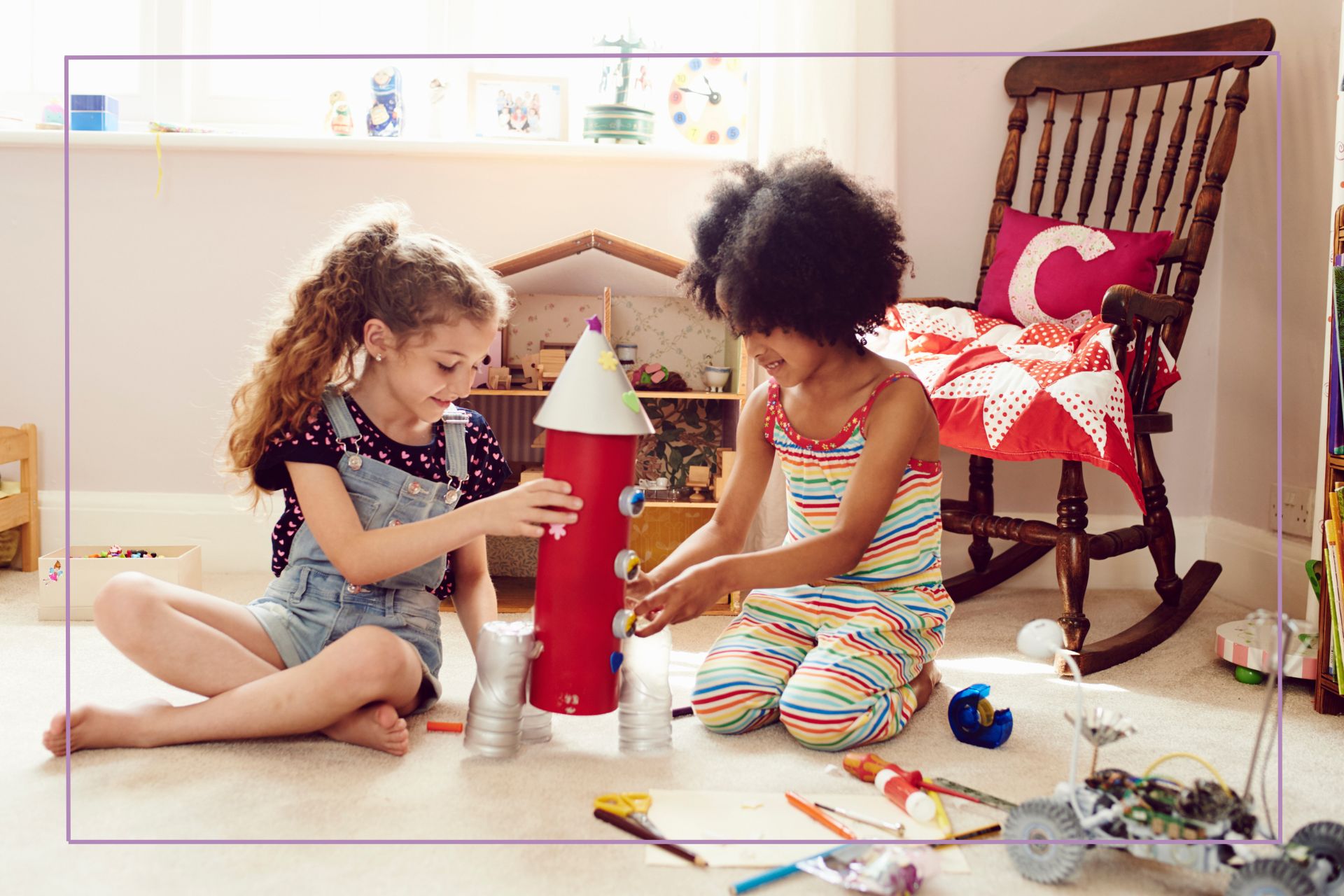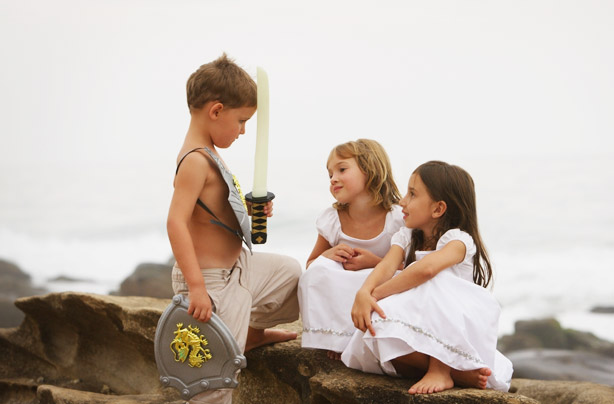
Play is the work of children; at least, this is what Swiss psychologist Jean Piaget was famed for saying. And, as a child development researcher and founder of The Good Toy Guide I have to say, he's not wrong.
Piaget's theory of cognitive development viewed play as integral to the development of intelligence in children. His theory of play argues that as children mature, their environment and play should encourage further cognitive and language development. This means, basically, trying to stay ahead of which toys are best for their development, we have a range of best toys by age here at GoodToKnow - check out our best toys for 6-year-olds as a first stop. And keeping on top of the toy rotations at home, if you can, also helps.
Unlocking the power of play is essential for fostering a child's whole being development, encompassing cognitive, social, emotional, and physical growth. Understanding the three stages of play - solitary, parallel and cooperative - parents can nurture their child's imagination, intellect, and interpersonal skills, and help develop a strong foundation for lifelong learning and social engagement. Now, you might hate playing with your kid (and you're not alone with this feeling and it doesn't make you a bad parent), but ensuring you help your kid have a well-rounded play diet is so important.
Let’s dive into the three stages of play to see how each one contributes to our child’s growth and what we can do to support children to learn as they play.
Three stages of play
- Solitary Play
- Parallel Play
- Cooperative Play
1. Solitary Play
Solitary play is like the foundation upon which all other forms of play are built. During this stage, we see children - aged from birth to two years engaging independently in different activities and getting hands-on exploring their environments and discovering new things simply through being curious. Solitary play examples are activities such as playing with stacking blocks, scribbling, colouring in, crafting or playing with dolls and action figures, and they are all great examples of using a child’s imagination, getting creative or problem-solving.
We should encourage this type of play, which is easy to do by simply providing a safe and stimulating environment. An area with age-appropriate toys and craft materials will encourage open-ended play, allowing kids to express themselves freely, develop a sense of autonomy, and build their confidence.
2. Parallel Play
This happens when children, two years and older, develop and begin to interact and play alongside others. This stage is common with toddlers and pre-schoolers who may sit side by side and engage in similar activities. It might look as though they are playing independently but this ‘side by side play’ in parallel is great grounding for co-operation and different social interactions.

During parallel play, children will watch, observe and take in what’s happening around them. They will pick up social cues – things like taking turns or even respecting boundaries. Parents can encourage parallel play patterns with playdates and creating opportunities for children to interact with their siblings, friends or peers in a supervised setting. Games such as building blocks, simple jigsaws or puzzles are a great way to help build these interactions and promote the social development that comes from parallel play.
3. Cooperative Play
This happens when kids aged four years and older come together and play to achieve a common goal. The ‘pinnacle’ of play involves engaging actively and collaborating as a group. This doesn’t have to be in a formal setting, though, such as a set team game, cooperative play occurs when putting on a pretend tea party, making up a dance routine, making a fort out of bed sheets or kicking a football in the back garden. This type of play is an excellent way of promoting teamwork skills, collective communication and problem-solving. As parents, we like to encourage positive teamwork and the spirit of cheerful cooperation, and we can build on this with activities like a treasure hunt around the garden, a family board game night or creating a fun obstacle course. Kids will learn from one another, so promoting these opportunities for cooperative play and praising their efforts will instil a great sense of camaraderie and unity, fostering positive bonds as well as fun play experiences.
Understanding play and why it's important
If we really understand the three key stages of play—solitary, parallel, and cooperative—this can empower us, as parents, to support our children's development effectively. Providing opportunities for our children to engage in each stage of play, will help them to build essential life skills necessary to all of us, such as being able to develop and nurture meaningful relationships and build resilience.
But the best thing about all of this is that children will get absorbed enthusiastically in play and won’t even realise they are learning. They are having a great time, either getting creative or letting loose with friends, further supporting our firm belief that the best learning experiences don’t happen being stuck behind a desk.
In related features, if you’ve noticed a decline in your kids’ playtime, try these expert-approved game ideas or perhaps the benefits of sensory play—this can highlight toys they forgot they had. And if you have Frozen fans, then check out our roundup of the best Disney Frozen toys.







